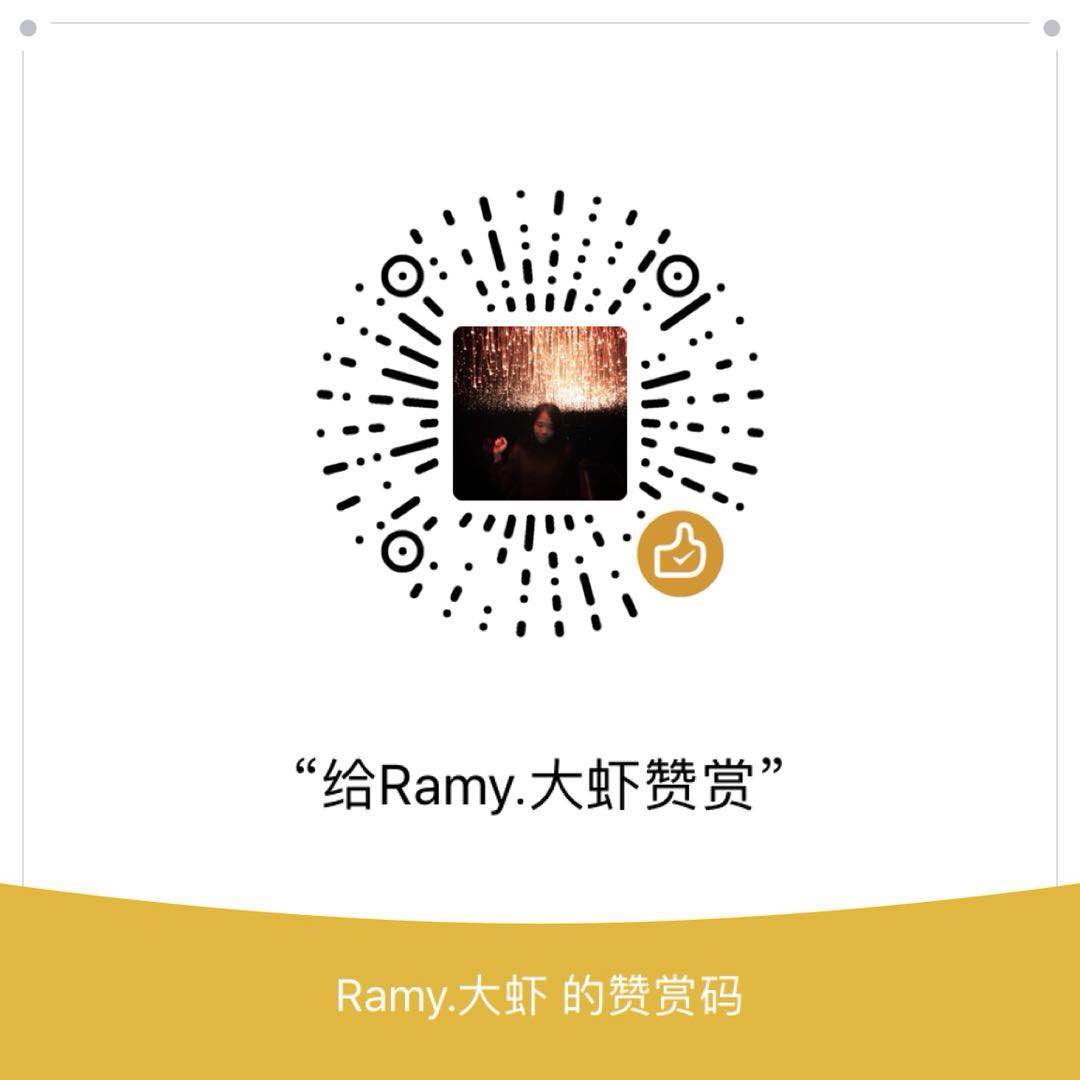~iOS笔记
项目背景
不说废话~首先,项目的目的是:
- 了解地图中的大头针是什么,有什么样的作用,如果自定义,所需要的条件?
- 在使用地图开发过程中,所用到了哪些方法和代理方法,如何使用我们自定义的大头针;
- 在自定义过程中仍不能忘记封装,养成MVC模式的好习惯
项目结构分层
控制器 -> 自定义annoView -> 自定义annotation模型 -> 数据模型myTuangou
第一层(最外层): 视图控制器
- 拥有模型数组,每一个元素存放服务器返回的数据模型MyTuangou
- 拥有mapView,实现代理方法,展示大头针View以及点击大头针View时做的操作;
第二层:自定义AnnotationView
- 提供控制器的快速创建的类方法,类似cell的创建;
- 重写setAnnotaion方法将自定义anno模型的图片赋值进来;
第三层:自定义MyAnnotation模型
- 数据模型:MyTuangou * tuangou;
- 位置: CLLocationCoordinate2D coordinate;
- 是否展示描述:BOOL showDesc;
第四层(最底层):服务器返回的真正数据模型:MyTuangou
- 标题,描述,图片,描述图片,显示位等属性(根据需求,展示数据)
(PS:如果点击大头针显示自定义的详细描述的框,则实现原理是在当前位置的mapView上再添加一个详细描述MyDescAnnotationView的大头针! 内部分层和上述类似,但是descAnnotationView添加多了一层descView,里面也有一个myTuangou的数据模型)
主要代码
第一个大头针
控制器
1.添加大头针
/**
* 添加大头针
*/
- (IBAction)addAnnotation {
for (MyTuangou * tg in self.arrTuangous) {
MyTuangouAnnotation * tgAnno = [[MyTuangouAnnotation alloc] init];
tgAnno.tuangou = tg;
[self.mapView addAnnotation:tgAnno];
}
}
2.遵循MKMapViewDelegate协议,MKMapViewDelegate方法
显示大头针
/**
* 大头针的view
*/
-(MKAnnotationView *)mapView:(MKMapView *)mapView viewForAnnotation:(id<MKAnnotation>)annotation
{
if ([annotation isKindOfClass:[MyTuangouAnnotation class]]) {
MyTuangouAnnotationView * annoView = [MyTuangouAnnotationView annotationViewWithMapView:mapView];
//传递模型
annoView.annotation = annotation;
return annoView;
}else if([annotation isKindOfClass:[MyTuangouDescAnnotation class]]){
MyTuangouDescAnnotationView * descAnnoView = [MyTuangouDescAnnotationView descAnnotationViewWithMapView:mapView];
descAnnoView.annotation = annotation;
return descAnnoView;
}
return nil;
}
3.点击大头针
/**
* 点击选中一颗大头针
*/
-(void)mapView:(MKMapView *)mapView didSelectAnnotationView:(MKAnnotationView *)view{
if ([view isKindOfClass:[MyTuangouAnnotationView class]]) {
MyTuangouAnnotation * anno = view.annotation;
//如果显示了详细描述,就返回
if (anno.showDesc)return;
//1.删除以前的MyTuangouDescAnnotation
for (id annotation in mapView.annotations) {
if ([annotation isKindOfClass:[MyTuangouAnnotation class]]) {
//如果不是descAnno,就把showDesc = no
MyTuangouAnnotation * tgAnno = annotation;
tgAnno.showDesc = NO;
}else if ([annotation isKindOfClass:[MyTuangouDescAnnotation class]]){//如果是descAnno,就移除
[mapView removeAnnotation:annotation];
}
}
//2.再添加最新的desc大头针
MyTuangouDescAnnotation * descAnno = [[MyTuangouDescAnnotation alloc] init];
descAnno.tuangou = anno.tuangou;
[mapView addAnnotation:descAnno];
}else if ([view isKindOfClass:[MyTuangouDescAnnotationView class]]){
//跳转控制器等代码
}
}
自定义AnnotationView
快速创建
+(instancetype)annotationViewWithMapView:(MKMapView *)mapView{
static NSString * annoID = @"tuangou";
MyTuangouAnnotationView * annoView = (MyTuangouAnnotationView *)[mapView dequeueReusableAnnotationViewWithIdentifier:annoID];
if (!annoView) {
annoView = [[MyTuangouAnnotationView alloc] initWithAnnotation:nil reuseIdentifier:annoID];
}
return annoView;
}
自定义MyAnnotation模型
属性
/**
* 团购数据模型
*/
@property(strong,nonatomic)MyTuangou * tuangou;
/**
* 位置
*/
@property (assign,nonatomic) CLLocationCoordinate2D coordinate;
/**
* 是否展示描述
*/
@property (nonatomic, assign, getter = isShowDesc) BOOL showDesc;
重写set方法
-(void)setTuangou:(MyTuangou *)tuangou{
_tuangou = tuangou;
self.coordinate = tuangou.coordinate;
}
服务器返回的MyTuangou数据模型
略
详细描述
自定义DescAnnotationView
快速创建
+(instancetype)descAnnotationViewWithMapView:(MKMapView *)mapView{
static NSString * descAnnoID = @"tuangouDescAnno";
MyTuangouDescAnnotationView * descAnnoView = (MyTuangouDescAnnotationView *)[mapView dequeueReusableAnnotationViewWithIdentifier:descAnnoID];
if (descAnnoView == nil) {
descAnnoView = [[MyTuangouDescAnnotationView alloc] initWithAnnotation:nil reuseIdentifier:descAnnoID];
}
return descAnnoView;
}
初始化,将descView添加到子视图
-(instancetype)initWithFrame:(CGRect)frame{
self = [super initWithFrame:frame];
if (self) {
self.backgroundColor = [UIColor clearColor];
MyTuangouDescView* descView = [MyTuangouDescView tuangouDescView];
descView.y = 0;
[self addSubview:descView];
self.descView = descView;
self.frame = CGRectMake(0, 0, descView.frame.size.width, descView.frame.size.height + 80);
}
return self;
}
重写set方法
-(void)setAnnotation:(id<MKAnnotation>)annotation{
[super setAnnotation:annotation];
MyTuangouDescAnnotation * anno = annotation;
self.descView.tuangou = anno.tuangou;
}
当一个控件被添加到父控件的时候调用
/**
* UIView动画可以多次显示,如果是图层动画只能显示一次,这个方法实现动画暂时是有问题的
*/
-(void)didMoveToSuperview{
CAKeyframeAnimation * anim = [CAKeyframeAnimation animation];
anim.keyPath = @"transform.scale";
anim.duration = 0.5;
anim.values = @[@0, @1.5, @1, @1.5, @1];
[self.layer addAnimation:anim forKey:nil];
// UIView动画
// self.alpha = 0;
//
// [UIView animateWithDuration:2 animations:^{
// self.alpha = 1;
// }];
}
展示描述界面的MyTuangouDescView,是用xib描述
属性:Tuangou模型,还有连接的插座变量
@property (weak, nonatomic) IBOutlet UIImageView *imageView;
@property (weak, nonatomic) IBOutlet UILabel *lblTitle;
@property (weak, nonatomic) IBOutlet UILabel *lblSubtitle;
@property(strong,nonatomic)MyTuangou * tuangou;
快速创建
+(instancetype)tuangouDescView{
return [[[NSBundle mainBundle] loadNibNamed:@"MyTuangouDescView" owner:nil options:nil] firstObject];
}
重写set方法
-(void)setTuangou:(MyTuangou *)tuangou{
_tuangou = tuangou;
self.lblTitle.text = tuangou.title;
self.lblSubtitle.text = tuangou.desc;
self.imageView.image = [UIImage imageNamed:tuangou.image];
}
自定义MyDescAnnotation模型
和myAnnotation模型类似
- created,150608
